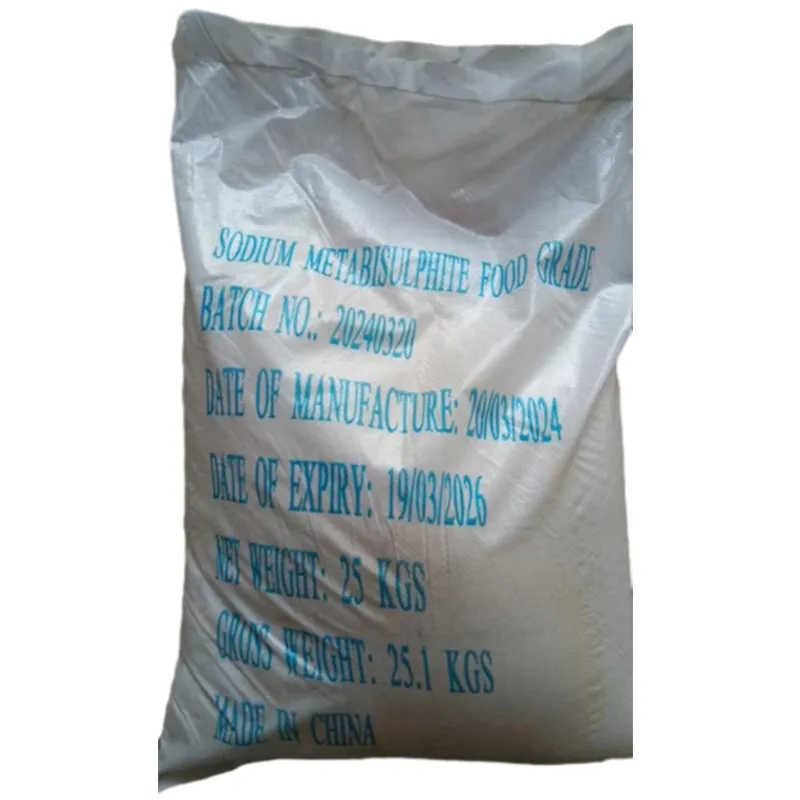
Exploring E900 Food Additive and Its Impact on Food Safety and Quality
E900 A Closer Look at Food Additive E900
Food additives play a crucial role in modern food production. They enhance flavor, preserve freshness, and improve texture. One such additive is E900, which refers to a group of substances known as dimethylpolysiloxanes. While this may sound technical, understanding E900 and its implications for food safety can empower consumers to make informed dietary choices.
E900 is primarily used as an anti-foaming agent, which means it helps reduce foam formation during the processing of certain foods. This is particularly useful in products such as frying oils, where excessive foam can lead to safety hazards and inconsistencies in cooking. By incorporating E900 into these oils, manufacturers can maintain a stable cooking environment, thus enhancing the quality and reliability of fried foods.
E900 A Closer Look at Food Additive E900
From a safety perspective, E900 has been evaluated by food safety authorities, including the European Food Safety Authority (EFSA) and the Food and Drug Administration (FDA) in the United States. Both organizations have deemed E900 safe for consumption when used within the stipulated limits. As with many food additives, the key lies in moderation. While E900 is generally recognized as safe, excessive consumption of processed foods containing additives can lead to an imbalanced diet.
e900 food additive

It is important to note that while E900 is approved for use in many countries, regulations and permissible limits may vary. In the European Union, food labeling laws require that any products containing E900 must list it on their ingredients label. This promotes transparency and allows consumers to make informed choices about the food they consume.
Despite the scientific consensus on the safety of E900, some consumers remain wary of food additives in general. This skepticism is not unfounded, as there have been cases where certain additives have led to health concerns or adverse reactions in sensitive individuals. However, it is essential to differentiate between the myriad of food additives and understand that many, like E900, are used primarily to ensure product quality and safety.
For health-conscious consumers, the best approach is to focus on a balanced diet rich in whole foods while remaining aware of the products they choose. Reading labels and understanding the roles of different additives can help consumers navigate the complexities of modern food production. For those who prefer to avoid additives altogether, opting for organic or minimally processed foods can be a viable solution.
In conclusion, E900 is a widely used food additive that serves a specific purpose in the food industry—namely, to prevent foaming and maintain product quality. Regulatory bodies have deemed it safe for consumption, reinforcing its role in food processing without posing significant health risks. By staying informed and making mindful choices, consumers can enjoy the benefits of modern food technology while also prioritizing their health and wellness.
-
Pure Sodium Dichloroisocyanurate Dihydrate | Powerful DisinfectantNewsAug.29,2025
-
Industrial Chemicals: Quality & Purity for Every IndustryNewsAug.28,2025
-
Nitrile Rubber Honoring Strict Production StandardsNewsAug.22,2025
-
Aspartame Ingredients Honoring Food Safety ValuesNewsAug.22,2025
-
Fertilizer for Balanced Plant NutritionNewsAug.22,2025
-
Cyanide Gold Processing with High Purity AdditivesNewsAug.22,2025
-
Formic Acid in Textile Dyeing ApplicationsNewsAug.22,2025
Hebei Tenger Chemical Technology Co., Ltd. focuses on the chemical industry and is committed to the export service of chemical raw materials.
-

view more DiethanolisopropanolamineIn the ever-growing field of chemical solutions, diethanolisopropanolamine (DEIPA) stands out as a versatile and important compound. Due to its unique chemical structure and properties, DEIPA is of interest to various industries including construction, personal care, and agriculture. -

view more TriisopropanolamineTriisopropanolamine (TIPA) alkanol amine substance, is a kind of alcohol amine compound with amino and alcohol hydroxyl, and because of its molecules contains both amino and hydroxyl. -

view more Tetramethyl Thiuram DisulfideTetramethyl thiuram disulfide, also known as TMTD, is a white to light-yellow powder with a distinct sulfur-like odor. It is soluble in organic solvents such as benzene, acetone, and ethyl acetate, making it highly versatile for use in different formulations. TMTD is known for its excellent vulcanization acceleration properties, which makes it a key ingredient in the production of rubber products. Additionally, it acts as an effective fungicide and bactericide, making it valuable in agricultural applications. Its high purity and stability ensure consistent performance, making it a preferred choice for manufacturers across various industries.





